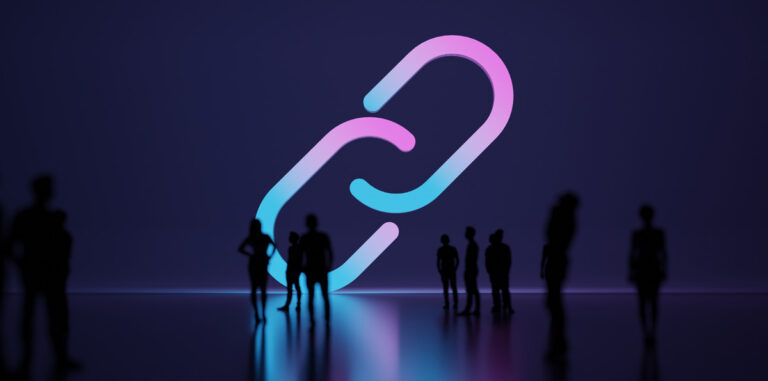For app science, mobile data and measurement Is a step forward in multicultural representation.
Projections show that the U.S. population will be a multicultural majority within the next decade. For brands and advertisers who often target younger audiences, a multicultural majority will occur even more rapidly. Gen Z is the most diverse generation yet, with 48 percent being from communities of color, per the Pew Research Center. One-in-four members of Gen Z are Hispanic.
In recent years, there’s been more emphasis on meaningfully engaging Hispanic Americans in marketing, as well as in content and other forms of media. Successfully connecting with the Hispanic market requires a deeper understanding of the diversity within the demographic instead of using a one-size-fits-all approach. Despite great strides toward inclusion, multicultural marketing is often treated as a separate initiative supported by limited ad dollars rather than an essential component of overall strategy.
Another barrier to inclusion is gaps in multicultural data. App Science, a leader in multicultural measurement, recognizes that the market needs trusted and agnostic audience measurement powered by data that accurately represents the diverse market.

“The U.S. general market is a multicultural market,” says Elisa Dao, VP of Marketing at App Science. “What we consider ‘the general market’ must be redefined, and data sets must remove biases and better capture audiences to spur more representation for media activation.”
Richer data and measurement are required to empower advertisers to better understand their full audience makeup inclusive of diverse segments. Trusted third party data will be essential in helping bridge the gap in multicultural and general marketing.
The Gap in Multicultural Measurement
The pandemic has changed how people consume content. Hispanic Americans and other multicultural audiences are adopting streaming at a faster rate than the general market. Technology has enabled consumers to view or listen to linear content in whatever format they desire. Although this offers an opportunity for advertisers to meaningfully engage these audiences where they consume content, it has created fragmentation in measurement.
With these changes in consumption habits, there has emerged a need to accurately measure audiences on linear TV, streaming, and mobile devices. Legacy measurement solutions have traditionally measured linear TV audiences first, leaving out streaming audiences. The standard in audience measurement was based on survey panels, in which Hispanic audiences and other multicultural groups were historically underrepresented.
App Science offers the industry a measurement solution based on proprietary mobile and Connected TV (CTV) data that provide richer insights for all market segments with multicultural breakouts.
“By building our proprietary Household Graph with mobile and CTV data, we can provide greater real-time transparency and support advertisers to validate that the audiences they are targeting are the ones they are actually reaching,” says Dao.

How Mobile Data Empowers Advertising
App Science is a mobile-first measurement solution that can measure what multicultural audiences are interested in and their viewing content.
“Your phone is just about always with you and knows you better than any other device,” says Dao. “Based on our Household Graph, we can identify audiences that are Spanish-dominant and prefer Spanish-language, English-dominant, or bilingual content.”
Privacy-compliant data signals from 280 million active mobile devices power the App Science Household Graph. That data is then matched with 110 million CTV households to validate and verify 55 million active households that are representative of the U.S. market. This enables the company to provide deeper audience insights beyond traditional demographics.
Not only can these insights help validate whether someone is part of a multicultural group, but they provide more nuance into who these individuals are, such as which types of content they enjoy, or whether they are new parents or enjoy travel, as an example. This richer portrait of audiences empowers advertisers to plan and execute media campaigns for all audiences with confidence. They may use this information to determine where they should spend their advertising dollars and to identify opportunities to fine tune messaging for converging audiences.
Better audience insights will become more useful in uncertain economic times. As more consumers turn toward ad-supported television content, advertisers will prioritize campaigns with a measurable return on investment to be more intentional with ad dollars.
To help advertisers better understand multicultural audiences, App Science released its first U.S. Multicultural Trends Report earlier this year. The report provided the market with insight into these audiences’ streaming and app interests on both mobile and CTV devices.
For a closer look at App Science’s measurement solutions, request a complimentary demo today.







